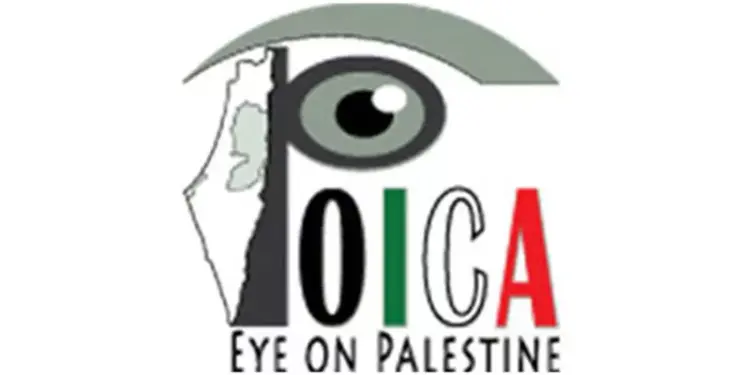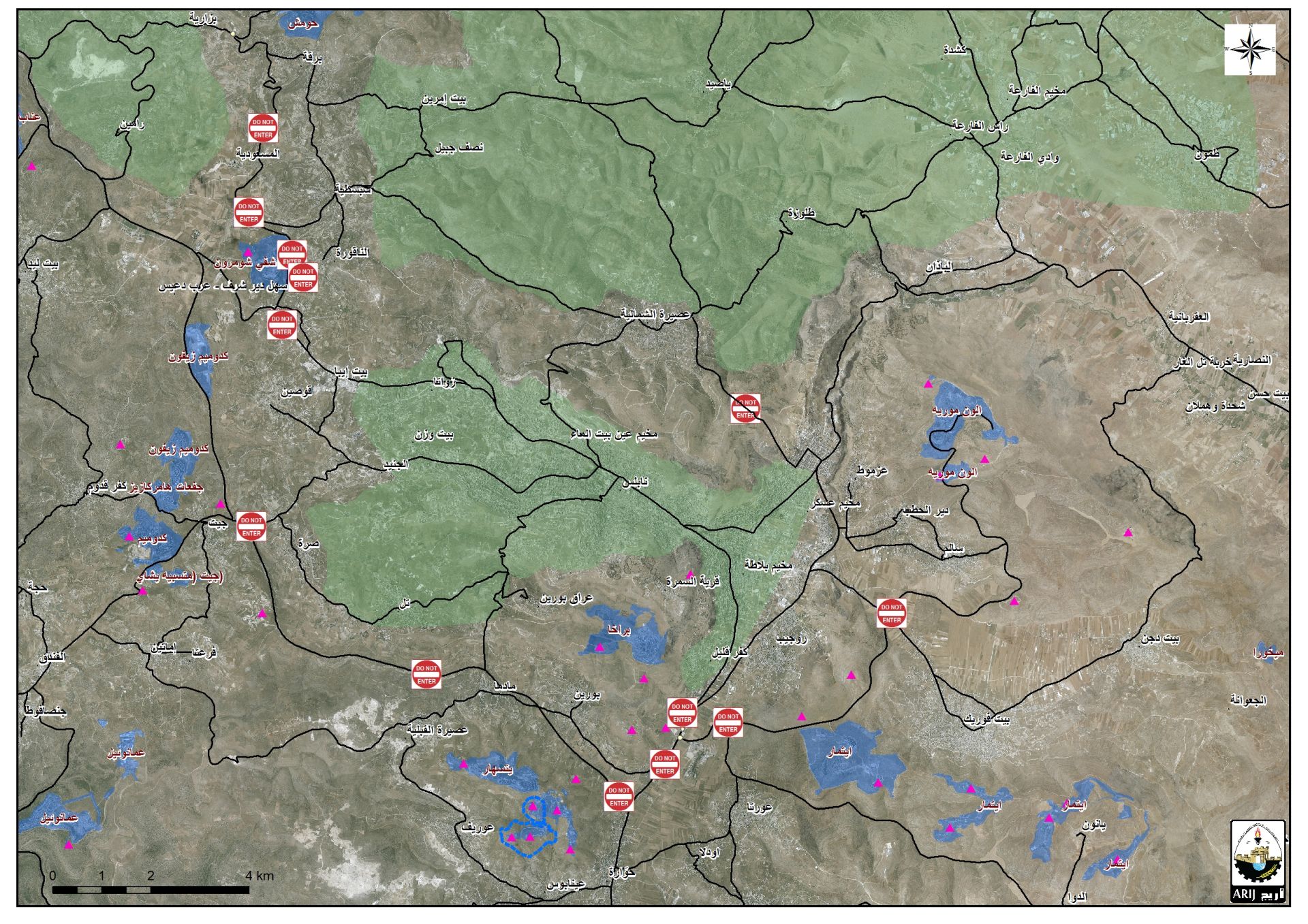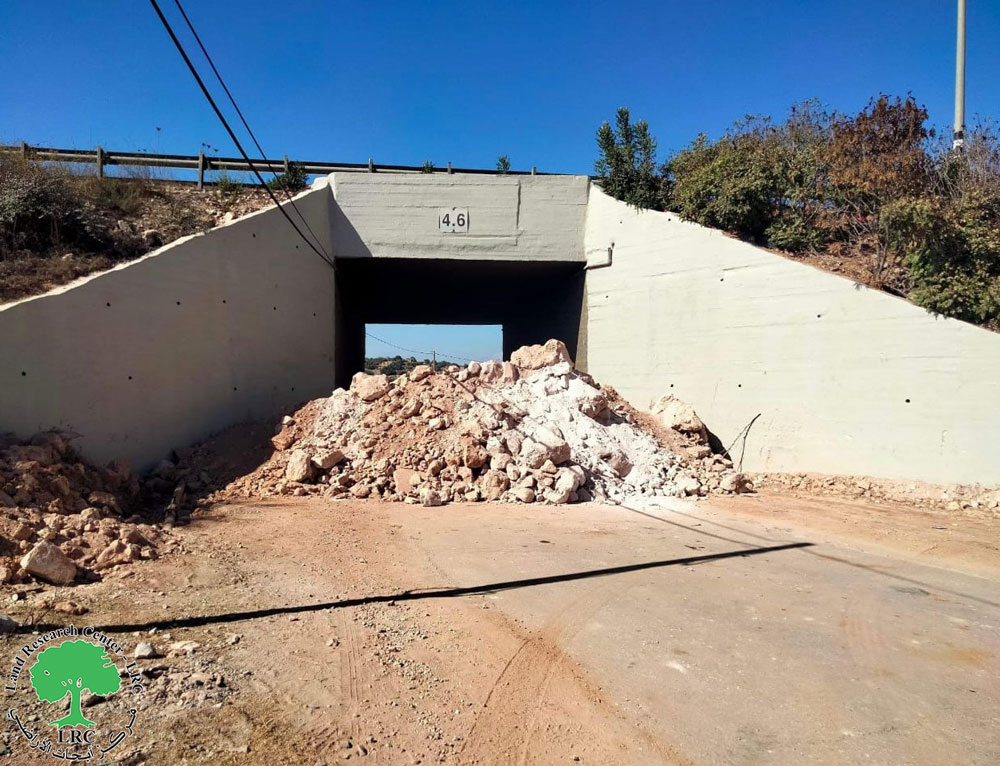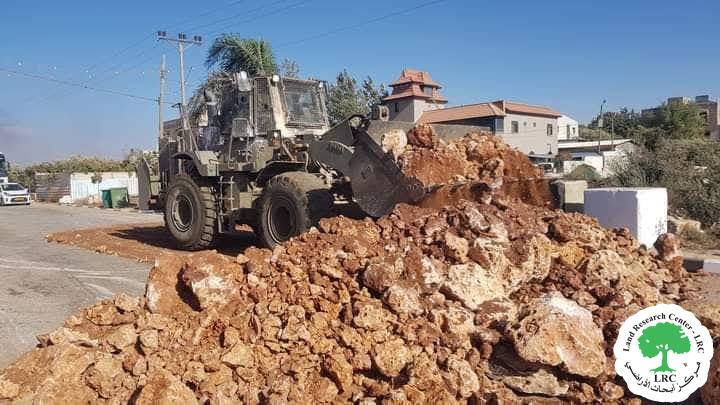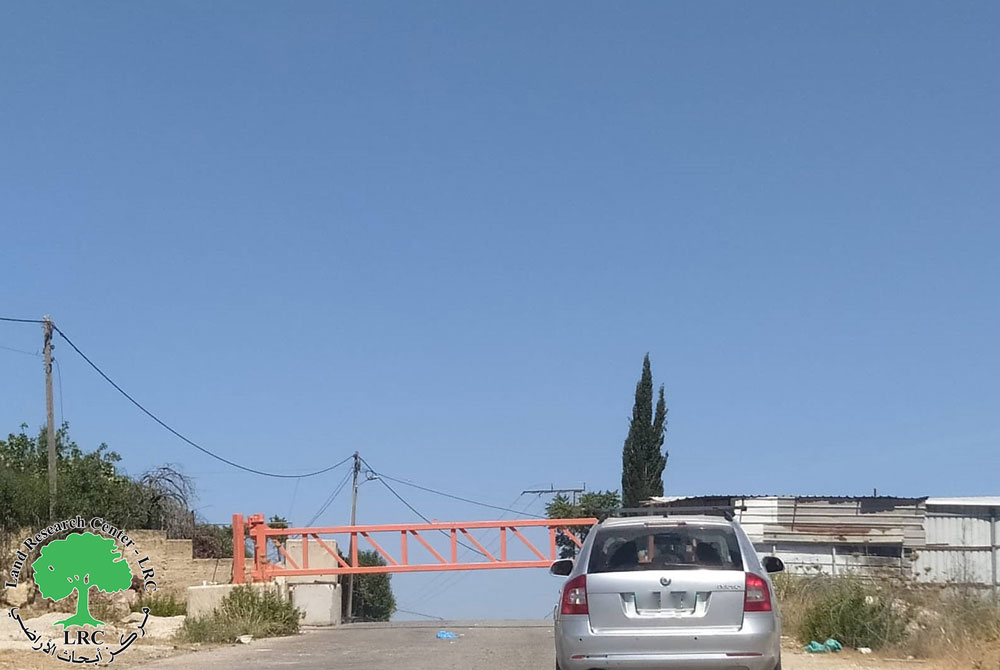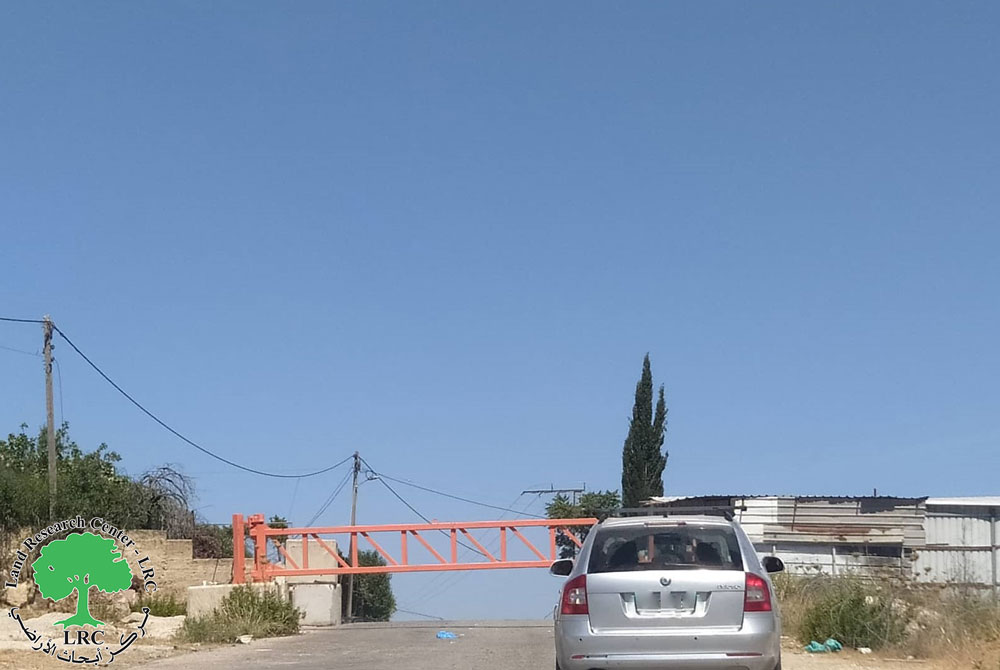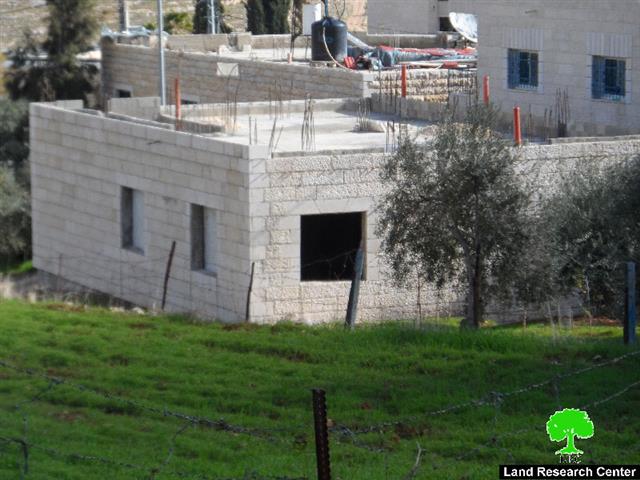Violation: banning the opening of a road
Location: Tuqu’ village- Bethlehem
Date: August 13, 2015
Perpetrators: Nokdim colonists
Victims: residents of Tuqu’
Details:
A group of Nokdim colonists on August 13, 2015 banned Union of Agricultural Work Committees UAWC from opening an agricultural road leading to Tuqu’ wilderness. They also obliged UAWC to take their machineries out and never come back again to the location.
UWAC and the Tuqu’ municipality initiated this idea to reduce hardships of residents’ movement; the road was supposed to serve the residents of that area and ease their access to their spot.
The idea of opening a road did not receive the acceptance of Nokdim colonists, who work day and night to expand their colony at the expense of Tuqu’ lands. As a result, people of the targeted area will suffer more especially that winter season is approaching; a thing that will restrain their movement.
About Tuqu':
Tuqu' is an old Canaanite name which meant "placing of tents"; the crusaders called it "Thecua" as it was one of their strongholds in Bethlehem area. Tuqu' has a great deal of Roman, Greek, and Mamluke ruins considering its strategic location.
One of the most significant ruins is the "baptism basin" which is a stony artifact that has been cut and formed. It represents a number of Christian sects.
It is believed that the artifact has been made around the 1750s; it is also believed that this is one part of a two-part artifact; the second part's location is unknown.
Tuqu' is surrounded by 5 Israeli colonies including Tquah, AlDavid, Nokdim, in addition to two other colonies to the south, Mizpe Shalim and Mushki Dar Got.
Tuqu' total area is 10 km2. Therefore it is considered the largest rural community in Palestine. The village is 12km to the west of Bethlehem governorate and is covered by evergreen trees, making it an attraction to many visitors and tourists.
It is inhabited by 13000 people by 2014 including all its four parts namely: Tuqu’, Khirbet Tuqu', Khirbet al-Dair, and al-Halqum.
Prepared by
The Land Research Center
LRC

